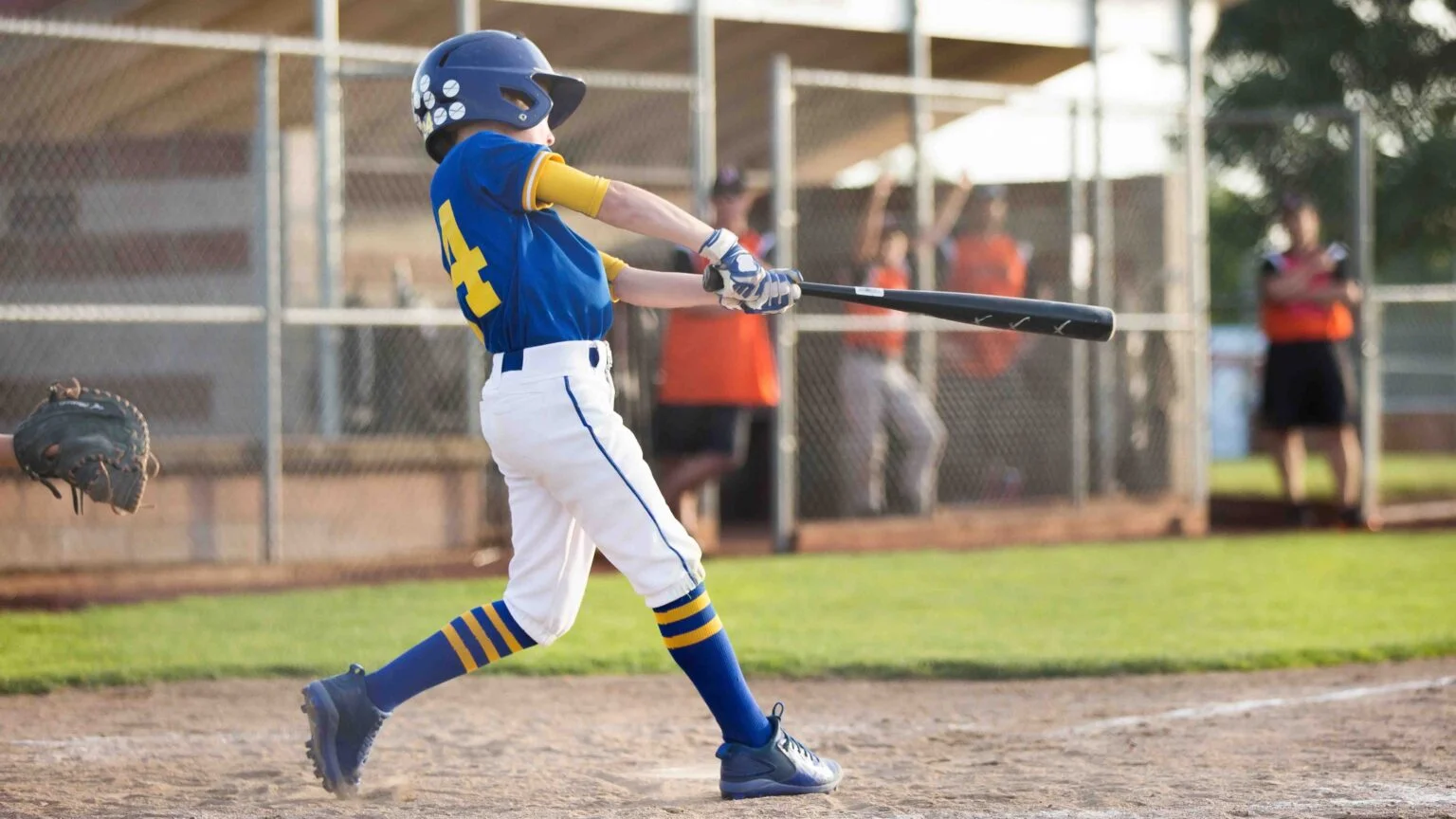Alright, so you wanna know about putting together a baseball camp training plan template? Lemme tell ya, I’ve been there, done that, and got the slightly-too-small t-shirt. For years, I just kind of winged it, or relied on what some other guy scribbled on a napkin. Total chaos sometimes. Kids running around like headless chickens, coaches bumping into each other, parents wondering what the heck they paid for. Not pretty.
One particularly bad camp, I think it was back in ’08, maybe ’09, it was just a disaster. We had too many kids, not enough clear direction. I remember thinking, “Never again. If I’m running this show, it’s gonna have some actual structure.” That’s when I really started thinking about a proper template.
Figuring Out What Actually Matters
So, I sat down, not with some fancy software, just a notepad at first, then a basic spreadsheet. What did I really need to plan out to stop the madness? It wasn’t about making something super complicated, just something that worked, something practical.

First thing that hit me was the schedule. Sounds obvious, right? But just saying “hitting from 9 to 10” ain’t enough. You gotta break it down:
- Warm-ups – how long, what kind? Don’t want kids pulling muscles on day one.
- Skill stations – how many, what skills, who’s coaching where?
- Drill timings – seriously, 20 minutes per drill is usually plenty for younger kids. Older ones, maybe 30.
- Water breaks! For the love of God, schedule water breaks. I learned that one the hard way.
- Lunch or snack time.
- Maybe a “fun game” segment to end the day, or a specific part of the day.
Then, the actual content for each station or drill. I started making lists of drills for different skills: hitting, fielding (infield and outfield), base running, pitching and catching. I didn’t want to be stuck trying to think of drills on the fly. Having a bank of them I could slot in was a game-changer.
And you absolutely gotta think about age groups and skill levels. What works for 12-year-olds is gonna be a joke for 7-year-olds, and vice versa. So my template needed sections or notes on how to adapt stuff. Maybe simpler versions of drills, or different focuses.
The Nitty-Gritty of My Template Setup
So my basic template started looking something like this in my head, then on paper:
- Day/Date: Obvious, but essential.
- Time Slot: e.g., 9:00 AM – 9:15 AM
- Activity: e.g., Group Warm-up / Dynamic Stretching
- Key Focus Points: Just 2-3 bullet points for coaches. Like, for hitting: “Keep head still,” “Swing level.”
- Equipment Needed: This one’s HUGE. Cones, balls, bats, specific training aids. List ’em out so you’re not scrambling.
- Coach Assignments (if multiple coaches): Who’s leading what station.
- Notes/Modifications: For different ages, or if something needs to be adjusted based on the group.
I’d make a master sheet with all the possible drills categorized, and then for each camp, I’d basically copy-paste and fill in the daily schedule. It wasn’t pretty, but it was functional.
The first few times I used my own structured plan, it wasn’t perfect. I’d forget to factor in setup time between stations, or underestimate how long it took to explain a new drill. But each time, I’d make notes. “This drill was a dud,” or “Need more time for this,” or “Kids loved that one.” So the template evolved. It got a bit more detailed, a bit more refined based on what actually worked on the field, not what sounded good in my head.
Why Bother? Because Sanity, That’s Why.
Look, putting this together takes a bit of upfront work. No doubt about it. But the payoff? Massive. Coaches know what they’re doing. Kids are engaged because there’s a flow. Parents see an organized camp. And me? I actually get to coach a bit more and run around putting out fires a bit less.

It’s not about being rigid. Things change, weather happens, kids have off days. But having that baseline plan, that template, gives you a solid foundation to work from. You can always adjust on the fly, but you’re adjusting from something, not just making it all up as you go. Trust me, it makes a world of difference. It’s just about being prepared. That’s all it is, really.



